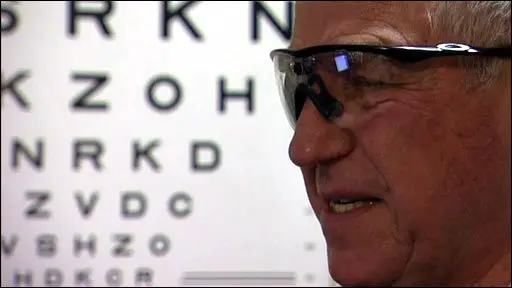A recent study at the University of Western in Ontario, Canada is suggested a second look at coma patients in a vegetative state may be required before “pulling the plug”.
Following an experiment with MRI technology, Professor Adrian Owen and Postdoctoral Fellow Lorina Naci have determined that a man in a coma – the result of a serious car accident – is aware of his surroundings and his identity. This breakthrough finding challenges many of the assumptions about “vegetative” patients, and gives hope to their families.
Dr. Owen, a Canada Research Chair, is behind the groundbreaking studies that examine patients under the medical sentence “vegetative state”. He suggests that these patients are simply incapable of “generating” — which simply means they don’t have the ability to communicate. However, he says these patients still have the intention to communicate, making them a conscious human being with functioning capacities.
MRI images prove Dr. Owens hypothesis to be true. Using a comparison chart of a healthy human brain and that of a vegetative patient he provides a visual aid that shows the specific areas of the brain that signal a “yes” or “no” answer to a set of questions. The questions used have specific answers routed in the patient’s reality to test if the brain is of sound mind.
Dr.Owen is not the only doctor leading the research in neuroscience. Jill Bolte Taylor originally entered the field of brain science as a result of her schizophrenic brother. She became a highly acclaimed scientist at Harvard University. On Dec. 10, 1996 a blood vessel exploded in the left half of her brain. From that day forward Jill could no longer walk, talk becoming an infant in a woman’s body.
In her book, My Stroke of Insight: A Brain Scientist’s Personal Journey, Jill shares her personal story. (See her TED talk) Remarkably, during her stroke she was able to analyze and understand her experience. She would agree with Dr.Owen. After she recover from her vegetative state which lasted five years, she described the awareness that her mom was with her in a room. She also talks about the desire to respond and interact with others.









